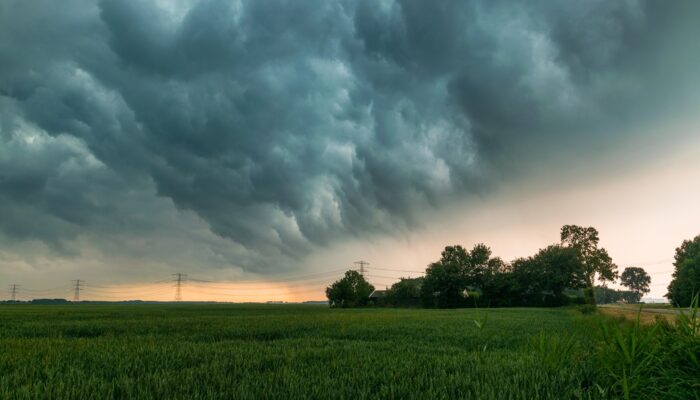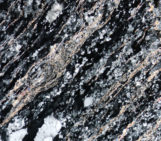
Often there are moments in our lives when we are reminded of the strength and magnitude of our environment, whether that’s trekking through a mountain range or gazing at the horizon from the ocean shore. Yet arguably there are few things that can make you feel as small as a particularly powerful summer storm.
“The atmosphere is undoubtedly one of the most dynamic components in the Earth System. Nothing can demonstrate the power of nature to an observer as well as a strong thunderstorm rolling in,” said Michiel Baatsen, a climate researcher at Utrecht University in the Netherlands who snapped this week’s featured photo. Besides being a climate researcher, Baatsen is also a weather enthusiast and storm chaser, fascinated by severe weather and thick towering cloud formations.
He and a team of friends will often hit the road, travelling across Western Europe in pursuit of extreme thunderstorms that pass the continent. “In these ventures, we try to capture some inspiring scenes and have been amazed many times by the things we end up seeing,” said Baatsen.
This photo was taken in June last year while Baatsen was traveling through the northeastern corner of the Netherlands. He and his friends were searching for a thunderstorm that had crossed the border from Germany, but the local humidity was relatively high, making visibility too poor to properly locate the approaching storm. “After several failed attempts to locate the approaching storms, we realised the conditions were so hazy that they completely obscured the leading cloud structures,” said Baatsen. But once the first clouds passed overhead, the conditions suddenly changed and the sky became clearer, revealing a dramatic view of the storm.
If you feel as if the storm feature in the photo is about to engulf you, you’re not alone. This kind of cloud structure is called a shelf cloud, but it’s also often referred to as a ‘whale’s mouth’, since the formations often give the impression of being consumed by a giant whale.
‘Whale’s mouth’ clouds take shape when cold, dense air surging out of a thunderstorm collides with warm air entering the storm. When the two currents make contact, the air goes upward and condenses into a thick sheet of clouds. This kind of formation appears at the leading edge of a thunderstorm, a harbinger to the incoming rainfall.
For Baatsen and his colleagues, the storm offered a short window between its first gusts and the subsequent rainfall, allowing them to observe this natural phenomenon. “With the whale’s mouth being overhead, there was a brief moment to appreciate this scene during which one was basically trapped in a cage surrounded by the rain rolling in on one side and the haze drawing away on the other side,” said Baatsen.
By Olivia Trani, EGU Communications Officer




